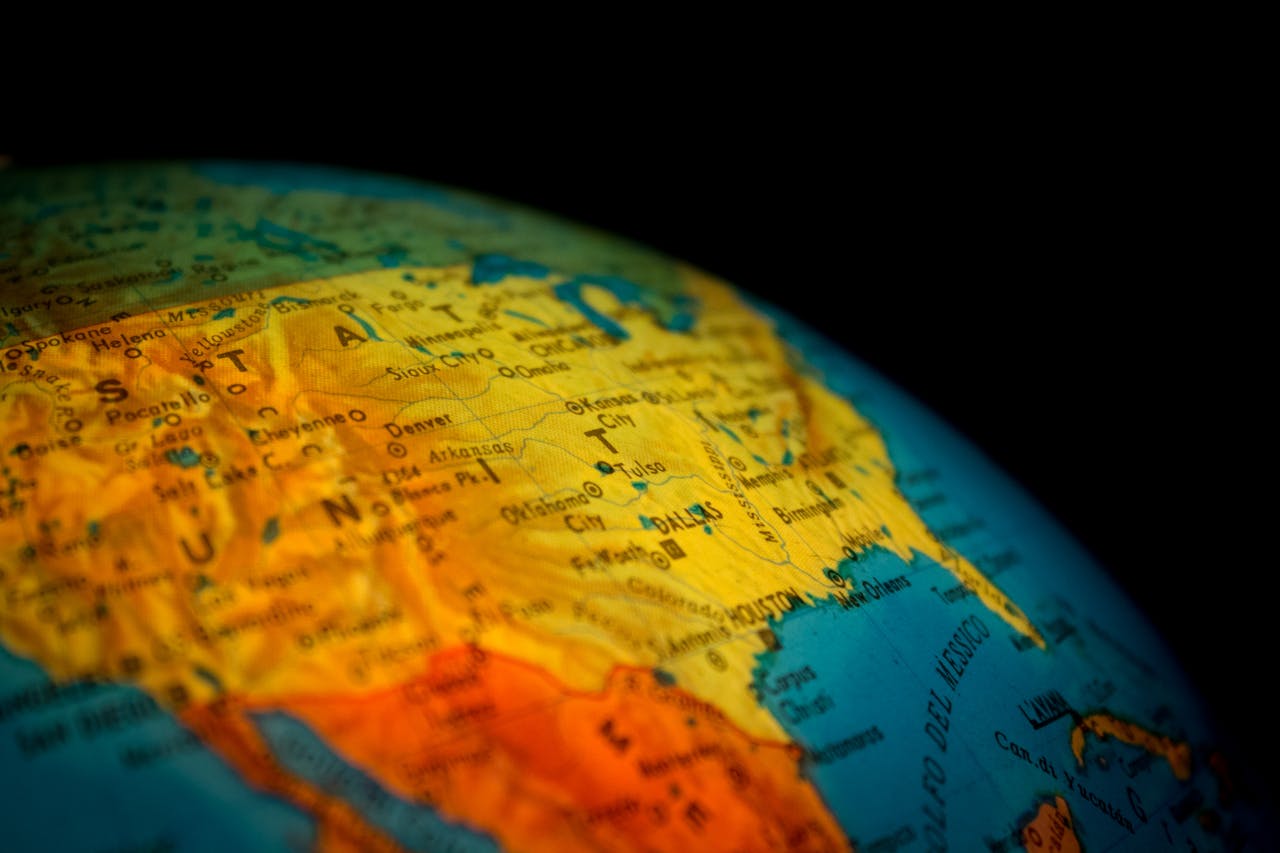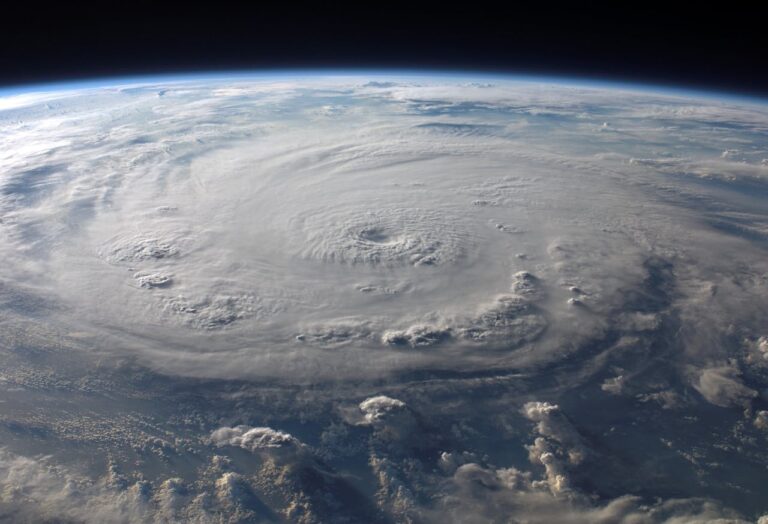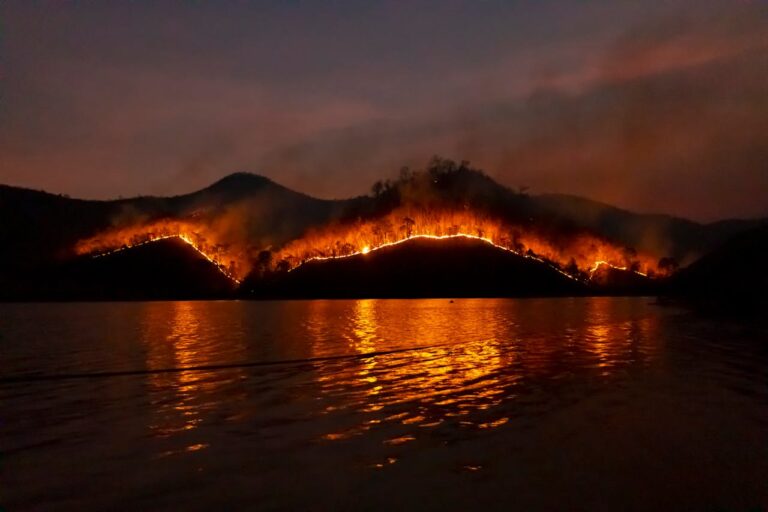Climate Disasters Most Likely to Hit Your Region (in the USA)
Because prepping for the wrong disaster is like packing snow boots for a heatwave.
Climate change is amplifying the frequency and intensity of natural disasters across the US. But risks aren’t evenly distributed ’cause, y’know, what threatens California isn’t the same as what endangers Florida. Here’s a region-by-region breakdown to help you prepare for the most probable climate disasters in your area-ish.
Southeast & Gulf Coast: Hurricanes and Flooding
States: Florida, Georgia, Alabama, Mississippi, Louisiana, Texas, South Carolina, North Carolina
Some of the top risks for y’all down south include:
- Hurricanes: The Southeast is highly susceptible to hurricanes, with the season running from June to November.
- Flooding: Heavy rainfall from storms often leads to significant flooding inland.
Top prep tips include:
- Evacuation plan: know your evacuation routes and have a plan in place. Think through how you’ll GTFO in advance.
- Emergency kit: make sure to have something prepped that includes essentials like water, non-perishable food, medications, and important documents. Here’s an overview for pulling together an emergency kit if you hate making emergency kits.
- Flood insurance: standard homeowners insurance doesn’t cover flooding so consider a separate policy if it’s an option. It’s becoming less of an option these days, though.
West: Wildfires and Drought
States: California, Oregon, Washington, Nevada, Arizona, New Mexico, Colorado
Out west, the challenges you guys face are a little different. Your top risks tend to be:
- Wildfires: due to dry conditions and high temperatures.
- Drought: extended periods without rain can lead to water shortages. and, like, exacerbate fire conditions.
Top prep tips for those dealing more with dry conditions include:
- Clear out your space: clear vegetation around your home to reduce fire risk if you own your home.
- Emergency alerts: sign up for local alert systems to stay informed. This feels like a no-brainer but it’s worth it.
- Water conservation: be prepared in advance to implement water-saving measures if you’re in drought conditions.
Midwest & Great Plains: Tornadoes and Severe Storms
States: Oklahoma, Kansas, Nebraska, Missouri, Iowa, Illinois, Indiana, Ohio
Oh yah, you all have your own challenges too out in the great Midwest of the United States. Your typical risks are:
- Tornadoes: it ain’t called “Tornado Alley” for nothin’.
- Severe storms: thunderstorms in this region can bring hail, high winds, and flash flooding.
Standard prep tips to handle these big-ass storms can include:
- Safe room: identify a safe place in your home, like a basement or interior room. Know where you’ll hunker down if you need to be in a place that’s window-free.
- Emergency kit: like with in the Southeast, you’ll definitely want an emergency kit but you may want a weather radio for this region and supplies that can last a few days.
- Emergency alerts: also like out west, you better make sure you’re tapped into local weather alert systems since tornadoes can come out of nowhere. literally.
Northeast: Nor’easters and Winter Storms
States: New York, New Jersey, Pennsylvania, Massachusetts, Connecticut, Rhode Island, Vermont, New Hampshire, Maine
Here’s some of the risks for the lovely Yankees up north:
- Nor’easters: these storms can bring heavy snow, strong winds, and coastal flooding.
- Ice storms: accumulation of ice can lead to power outages and hazardous travel conditions.
When it comes to navigating colder temperatures, a few guidelines are:
- Winter supplies: make sure you stock up on heating fuel, warm clothing, and non-perishable food as it gets closer to wintertime.
- Power backup: consider a generator or alternative heating source. Here’s a guide on power outages, although it’s more general and not attuned as focused on how to stay warm in a power outage.
- Travel safety: if you have a car, keep it winter-ready and have some shit in there.
Southwest: Extreme Heat and Water Scarcity
States: Arizona, New Mexico, Texas, Southern California
And for the folks down south in the other part of the country, top risks can be:
- Heatwaves: prolonged periods of extreme heat can be life-threatening. Although this isn’t as exclusive to the Southwest anymore because thanks climate change.
- Water scarcity: like in the West, drought conditions can lead to water restrictions and rough situations. This can also lead to wildfires too, as we’ve seen in recent years, unfortunately.
Ways to prep include:
- Hydration: keep ample water supplies on hand.
- Cooling centers: know the locations of public cooling centers in your area.
- Energy conservation: be ready to reduce your electricity use during peak hours to handle and/or prevent blackouts.
3 Takeaways
1. Know your risks. Understanding the specific climate threats in your region is the first step in effective preparedness.
2. Tailor your prep. Customize your emergency plans and kits based on the most likely disasters in your area.
3. Figure out a reliable way to stay informed. Regularly monitor local weather alerts and updates from reliable sources.
Feature image courtesy Antonio Quagliata/Pexels



